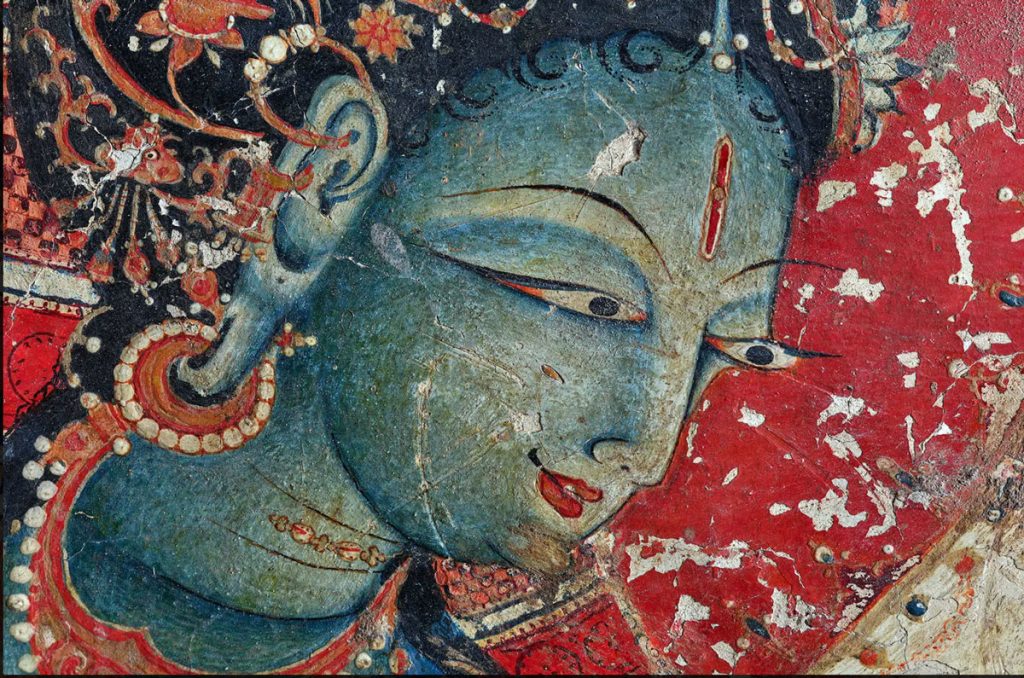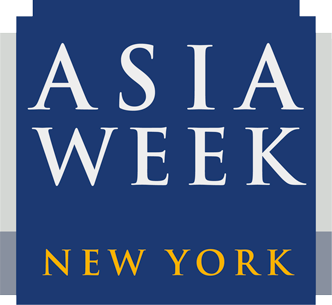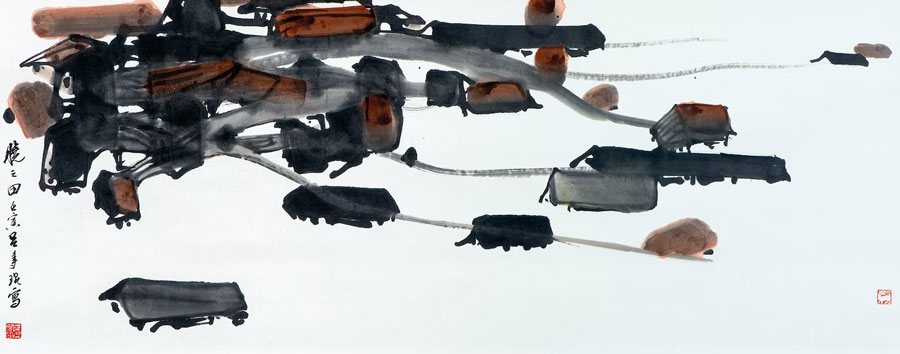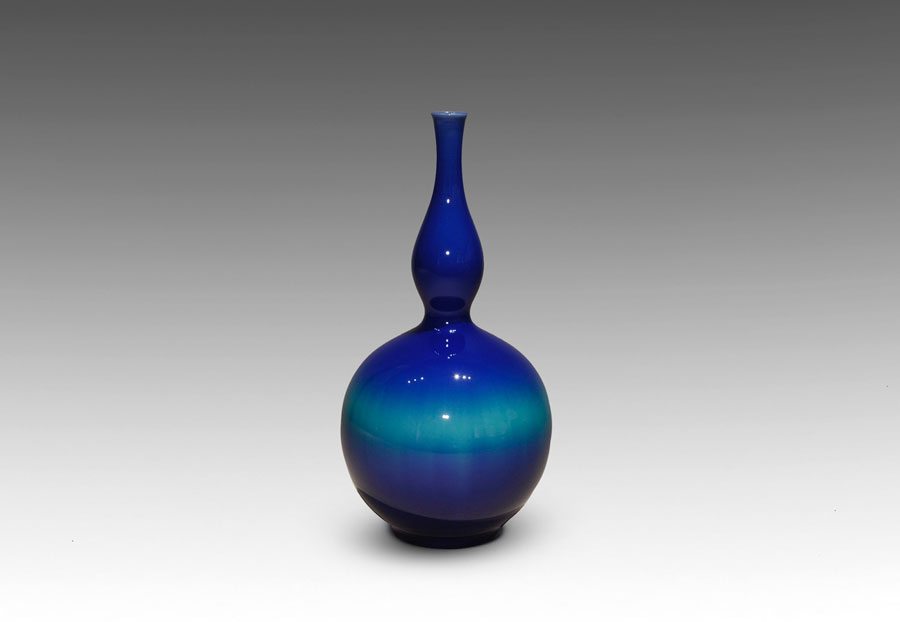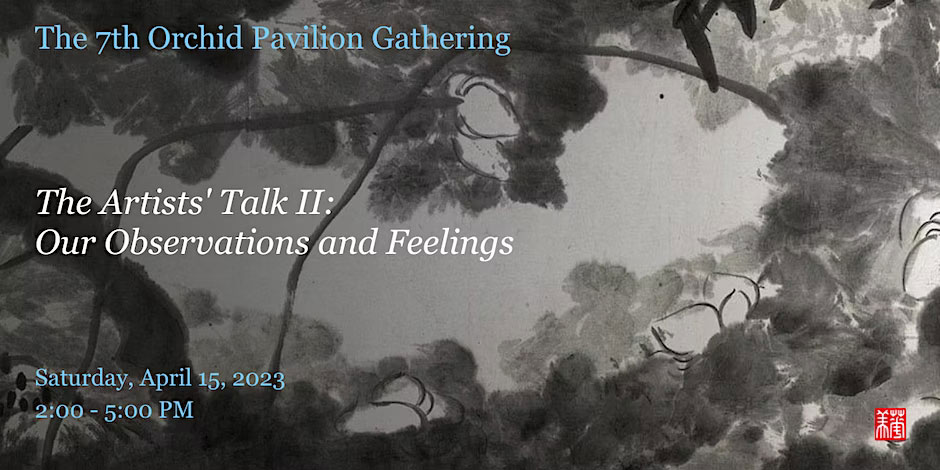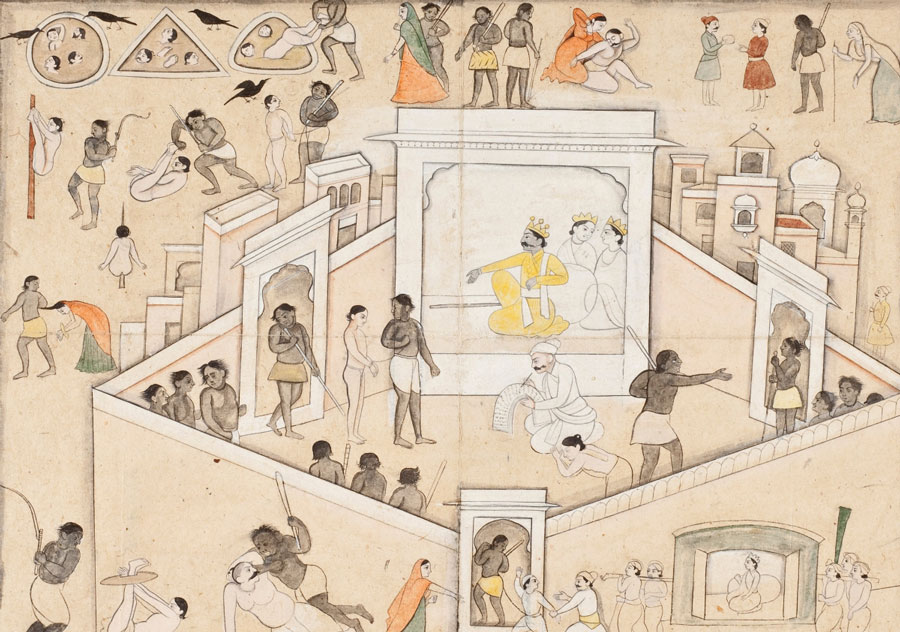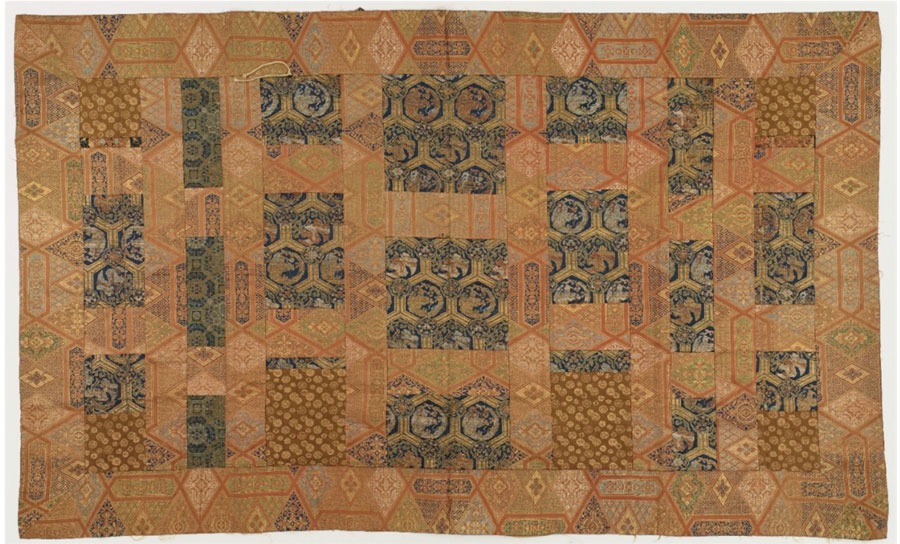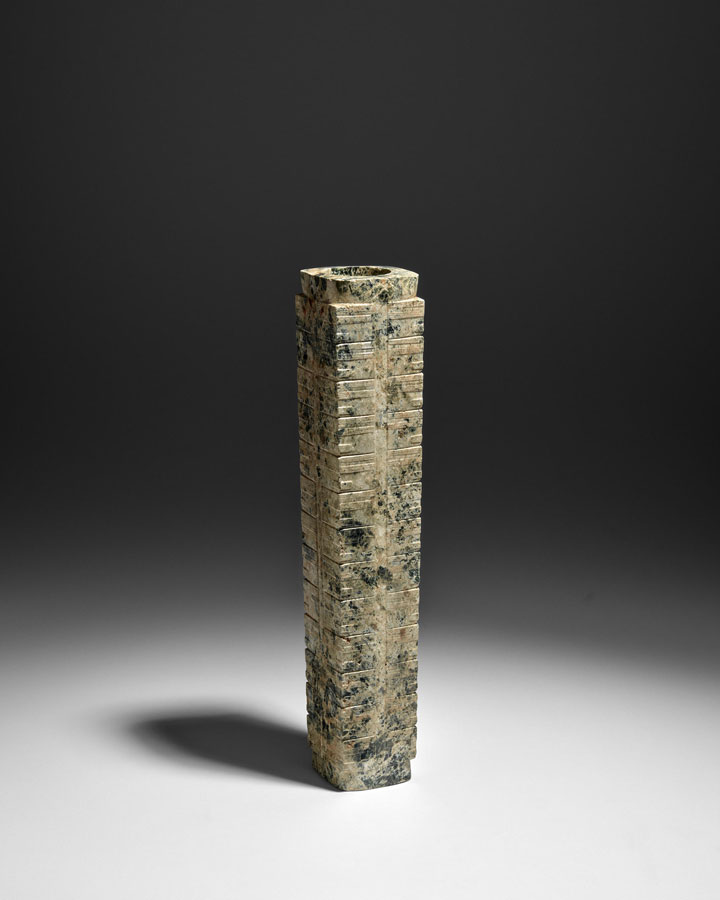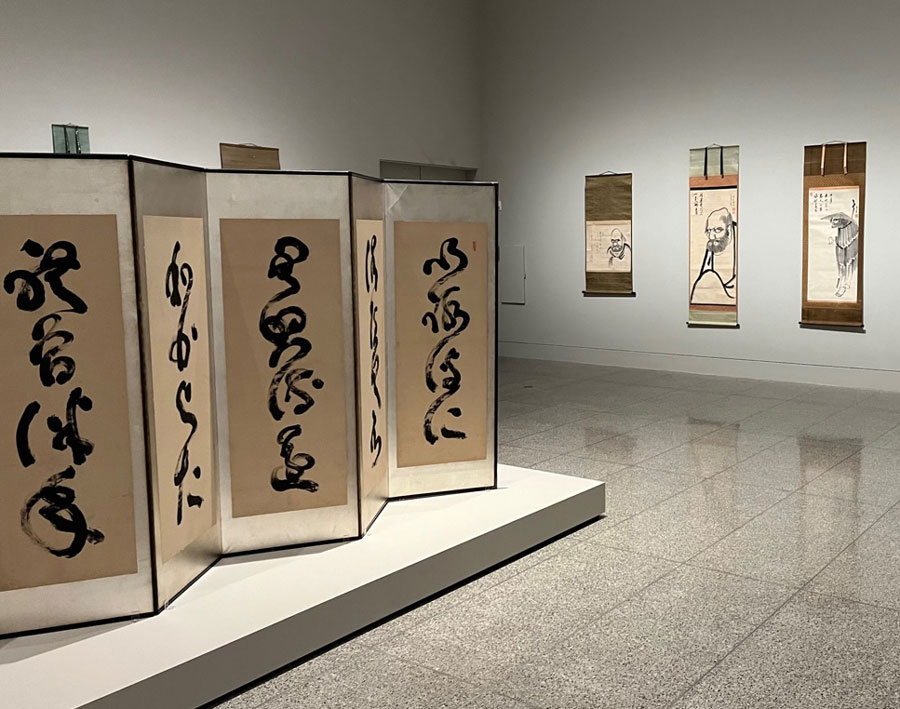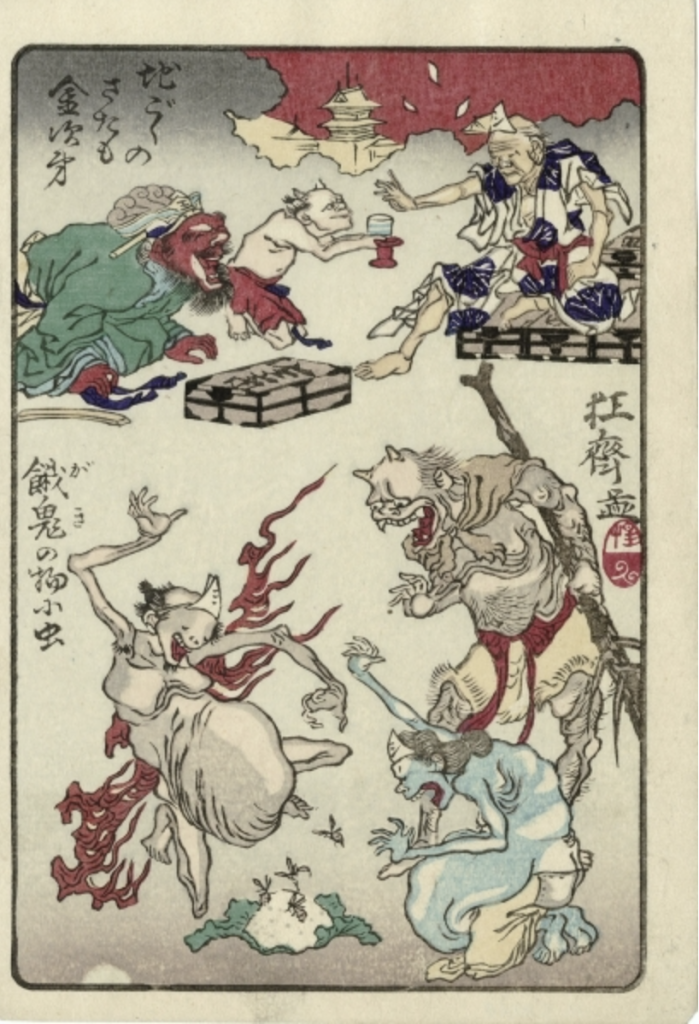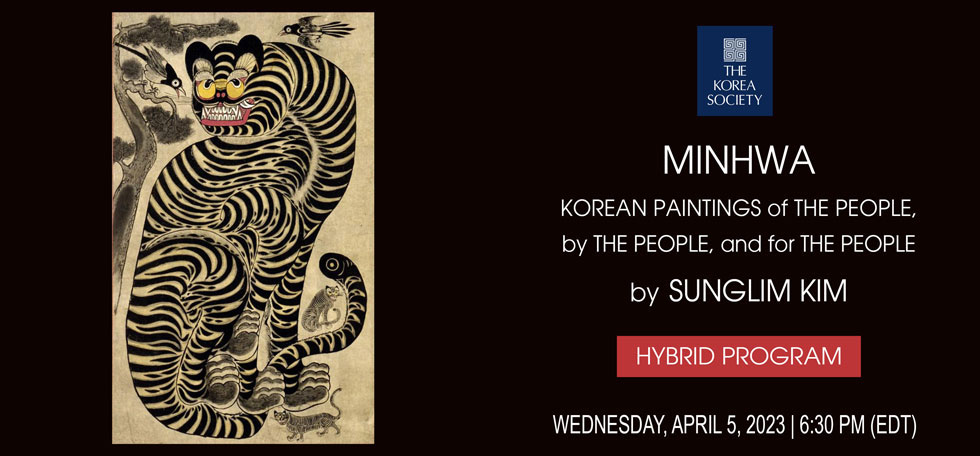A large Neolithic mottled gray jade cong, Liangzhu Culture, circa 3000-2500 B.C.; Courtesy of Bonhams
Thanks to active internet bidding, sales at the auction houses during the pandemic were surprisingly successful, but the buzz generated by crowded viewing and sale rooms was absent. With travel restrictions lifted, particularly from China, Asian art collectors, curators and enthusiasts thronged to New York from all over the world, attracted by the major works and collections being offered. One of the most eagerly anticipated was the collection of J.J. Lally & Co, the foremost Chinese art dealer in the United States, sold at Bonhams and Christie’s. Driven by a pent-up demand, prices surged, and records were set. Here are some examples.
Bonhams’ first auction of the week, Fine Chinese Works of art from J.J. Lally & Co. was very well attended and was a white-glove sale (100% sold). The price for a deeply carved tall Neolithic gray jade cong from the Liangzhu culture soared to $1,500,375 (estimate $30,000-50,000). It was the start of a banner week for the house, which notched its highest total for a series of Asian art sales in New York.
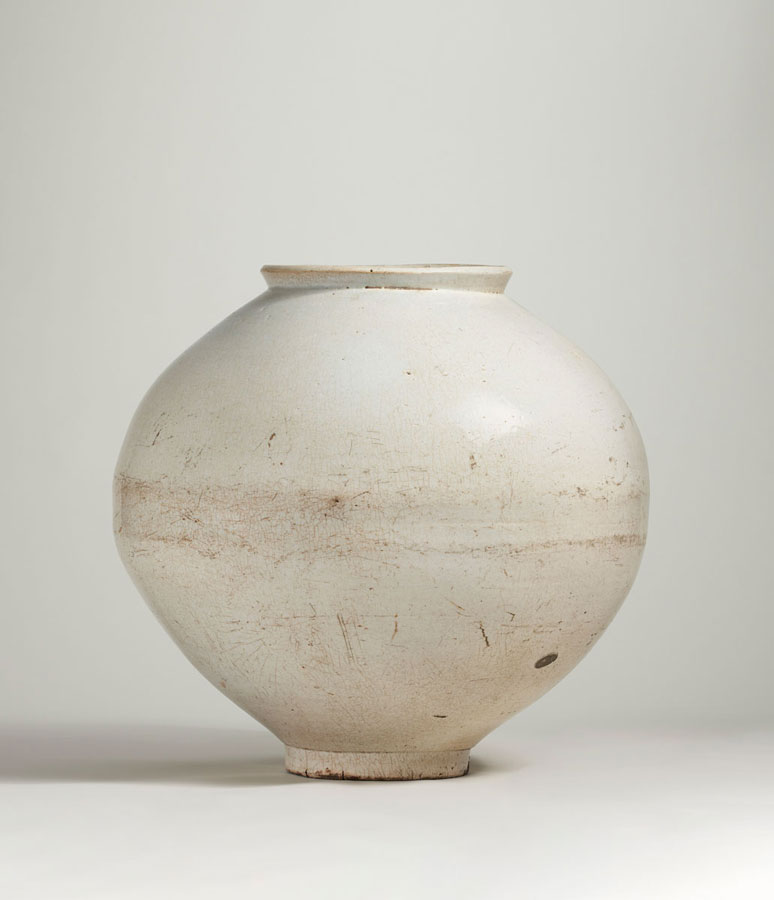
An Important White Porcelain Moon Jar, Joseon Dynasty (18th Century)
17 3/4 in. (45.1 cm.) high; courtesy Christie’s
Record prices were achieved at Christie’s in two categories in the Japanese and Korean Works of Art sale. A large white 18th century Joseon porcelain moon jar from Korea brought $4,560,000 the week’s top price and a record for this type of jar (estimate $1-2 million), which is difficult to make and much admired. “The jar was very large and early in date and therefore exceptionally rare,” said Heakyum Kim of HK Art & Antiques.
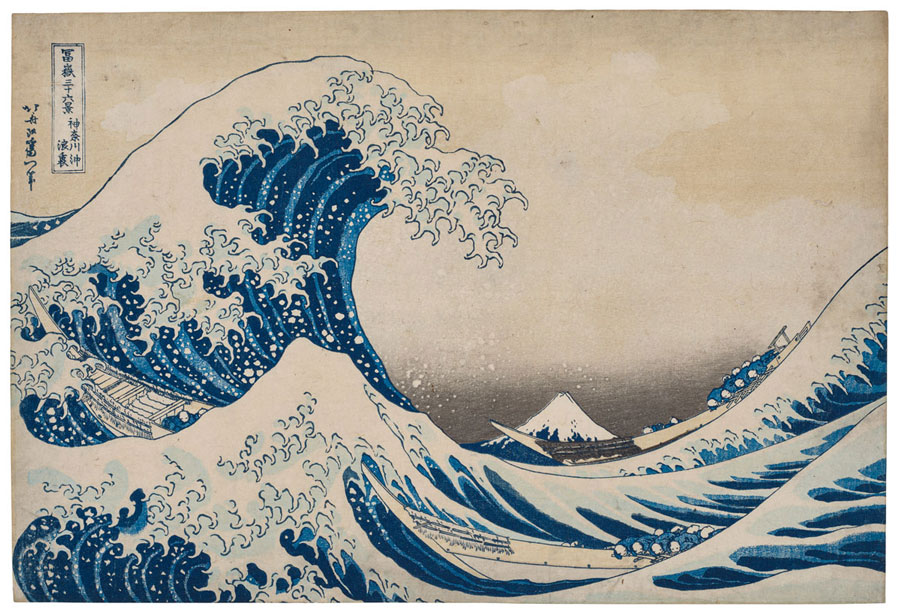
Katsushika Hokusai (1760-1849) Kanagawa oki nami ura (Under the well of the Great Wave off Kanagawa) [“Great Wave”]
Horizontal oban: 9 7/8 x 14 5/8 in. (25.1 x 37.1 cm.); Courtesy of Christie’s
A record price was also set for one of the most famous Japanese prints ever made, Kanagawa oki nami ura (Under the Well of the Great Wave off Kanagawa), by Katsushika Hokusai (1760-1849), when it fetched $2,760,000 (estimate $500,000-700,000). “It makes sense when a work of art as iconic and influential as The Great Wave achieves a spectacular price at auction, particularly when it is an early impression on par with the very few surviving excellent examples known, and those are primarily only found in institutions,” commented Katherine Martin of Scholten Japanese Art.
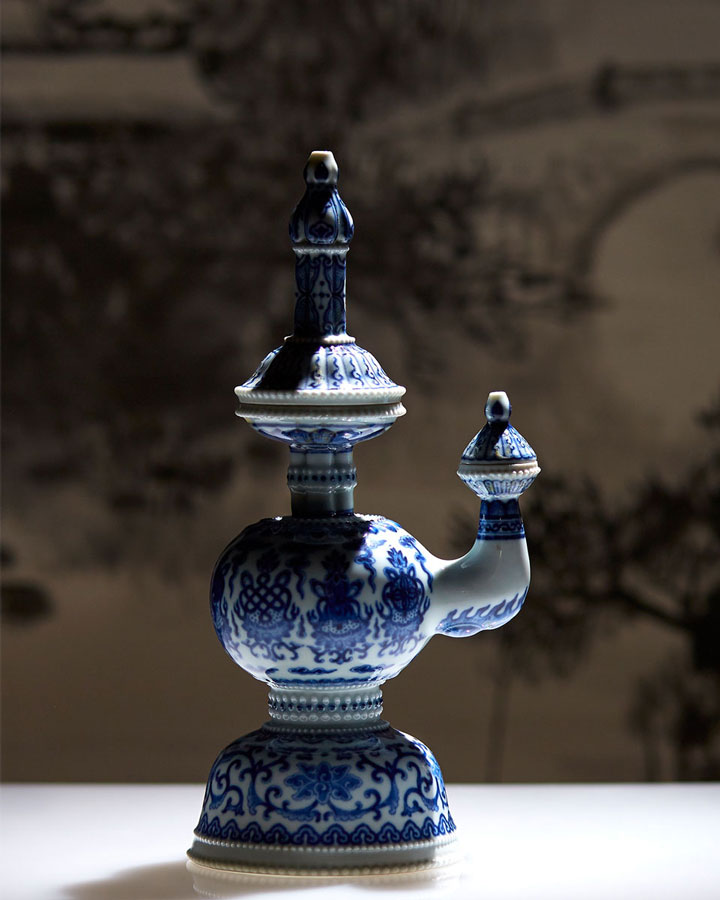
A Rare and Unusual Imperial Chinese Blue and White Porcelain Tibetan-Style Ewer
Qianlong Seal Mark within a Double Square and of the Period; Courtesy of Doyle
The top lot of the Asian Works of Art sale at Doyle was an unusual Imperial Chinese blue and white porcelain Tibetan-style ewer, Qianlong Mark and of the Period. The ewer had been purchased from renowned dealer C.T Loo & Cie, with an appraisal from Francis J. (Frank) Caro, 1990, a distinguished provenance. It sold for $441,000 (estimate $20-40,000).
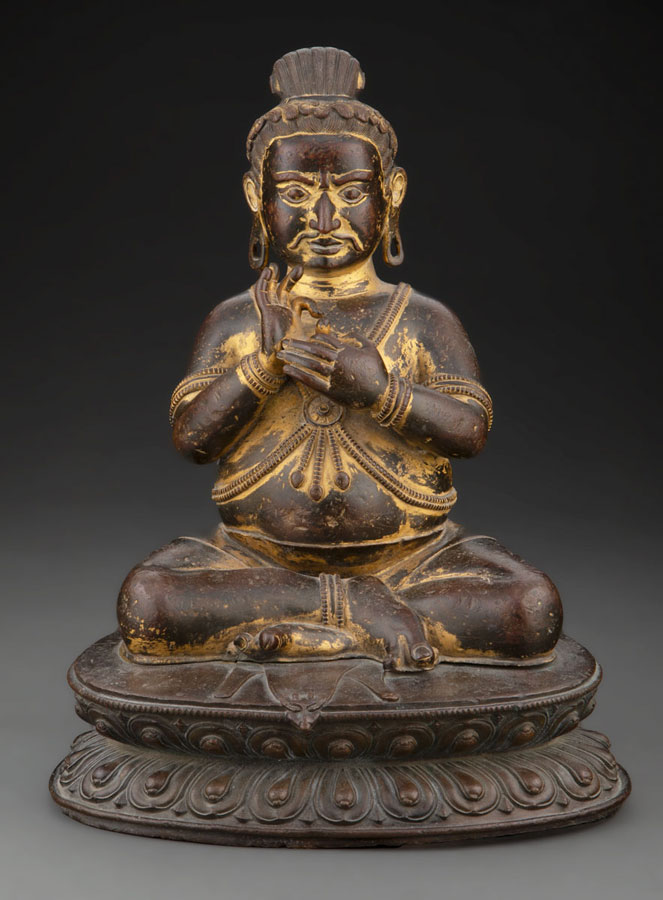
A Tibetan gilt bronze figure of Mahasiddha, 11-5/8 x 9 x 6-1/4 inches (29.5 x 22.9 x 15.9 cm); courtesy of Heritage Auctions
At Heritage Auctions, a Tibetan gilt bronze figure of Mahasiddha, which brought $ 93,750 (estimate $60-80,000) was the highlight.
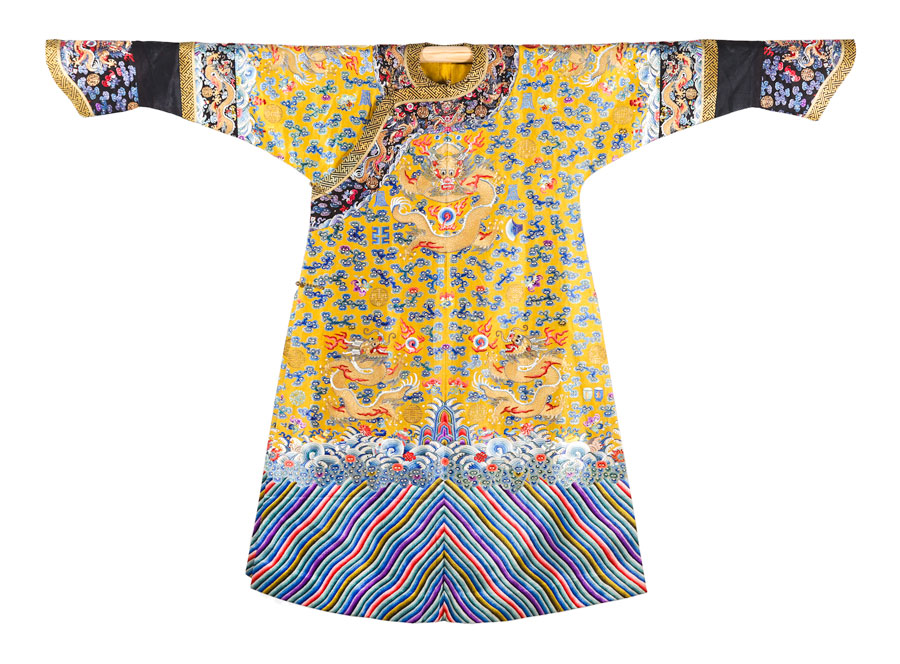
A Rare Manchu Empress's Twelve Symbol Embroidered Yellow Gauze Robe, Jifu, Qing Dynasty; courtesy of iGavel
The most successful lot at iGavel from the sale of Property of an American Collector Part II, of a series, was the rare Manchu Empress's twelve symbol embroidered yellow gauze robe, jifu, Qing Dynasty. It had been purchased at Christie’s New York September 22, 1995 for $17,500 and received much attention as expected, selling for $100,000 (estimate $10-15,000). Twelve symbols were reserved for the emperor, but the lack of a front and back vent and the inclusion of sleeve extensions identify this as a woman's robe.
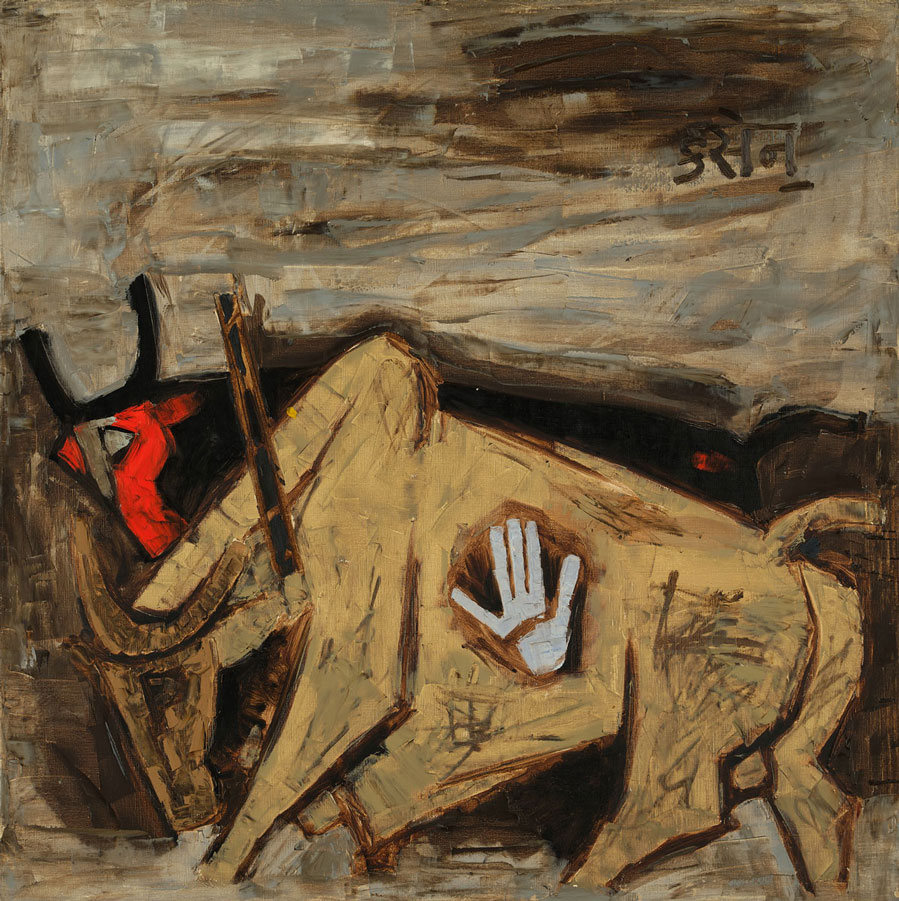
Oil on canvas, Signed in Devanagari upper right and signed, dated, titled and inscribed “Bulls” / Husain / 1961 / T.41' on reverse, 39 x 39 in. (99.1 x 99.1 cm.); courtesy of Sotheby’s
At Sotheby’s, Bulls, painted in 1961, one of the most recognized works by India’s best-known modern artist, Maqbool Fida Husain (1913-2011), took the lead in the modern and contemporary South Asian works of art category, when it realized $2.782,500 million (estimate $1-1.5 million), a record price for Husain. Not only had the painting been on the cover of a 1971 monograph on the artist, published by Harry N. Abrams and in the private collection of Harry N. Abrams, but it also had an extensive exhibition history.
